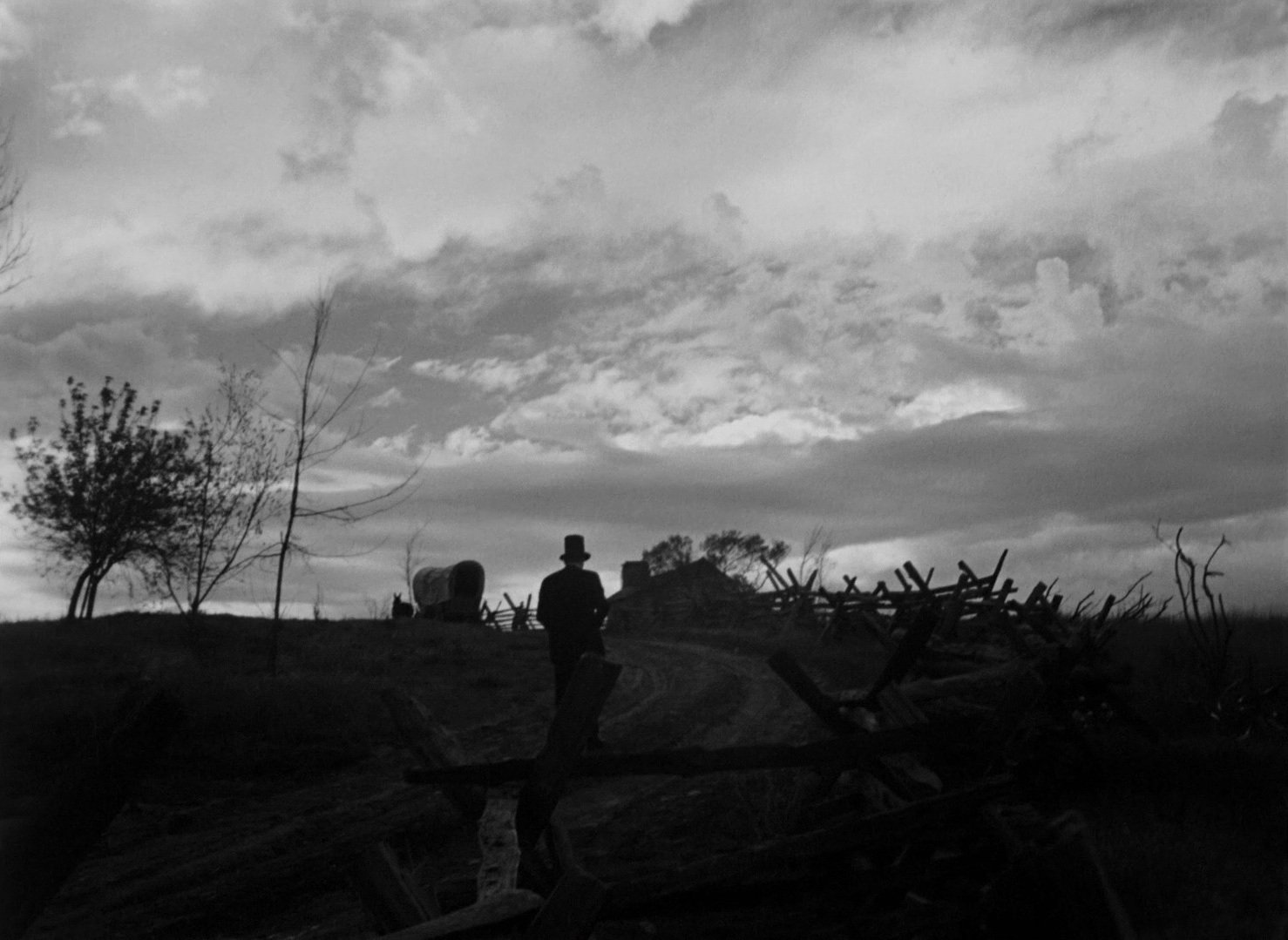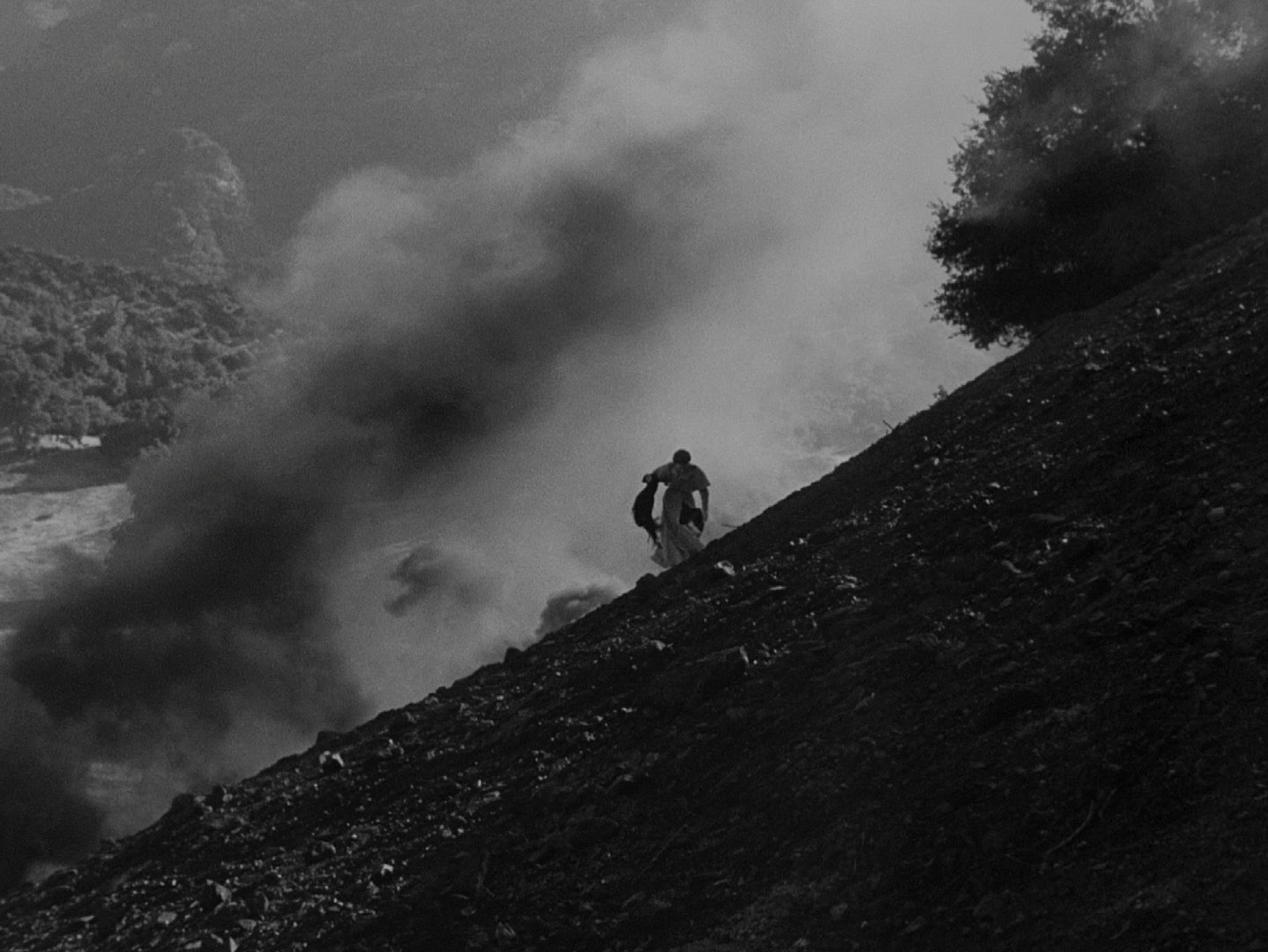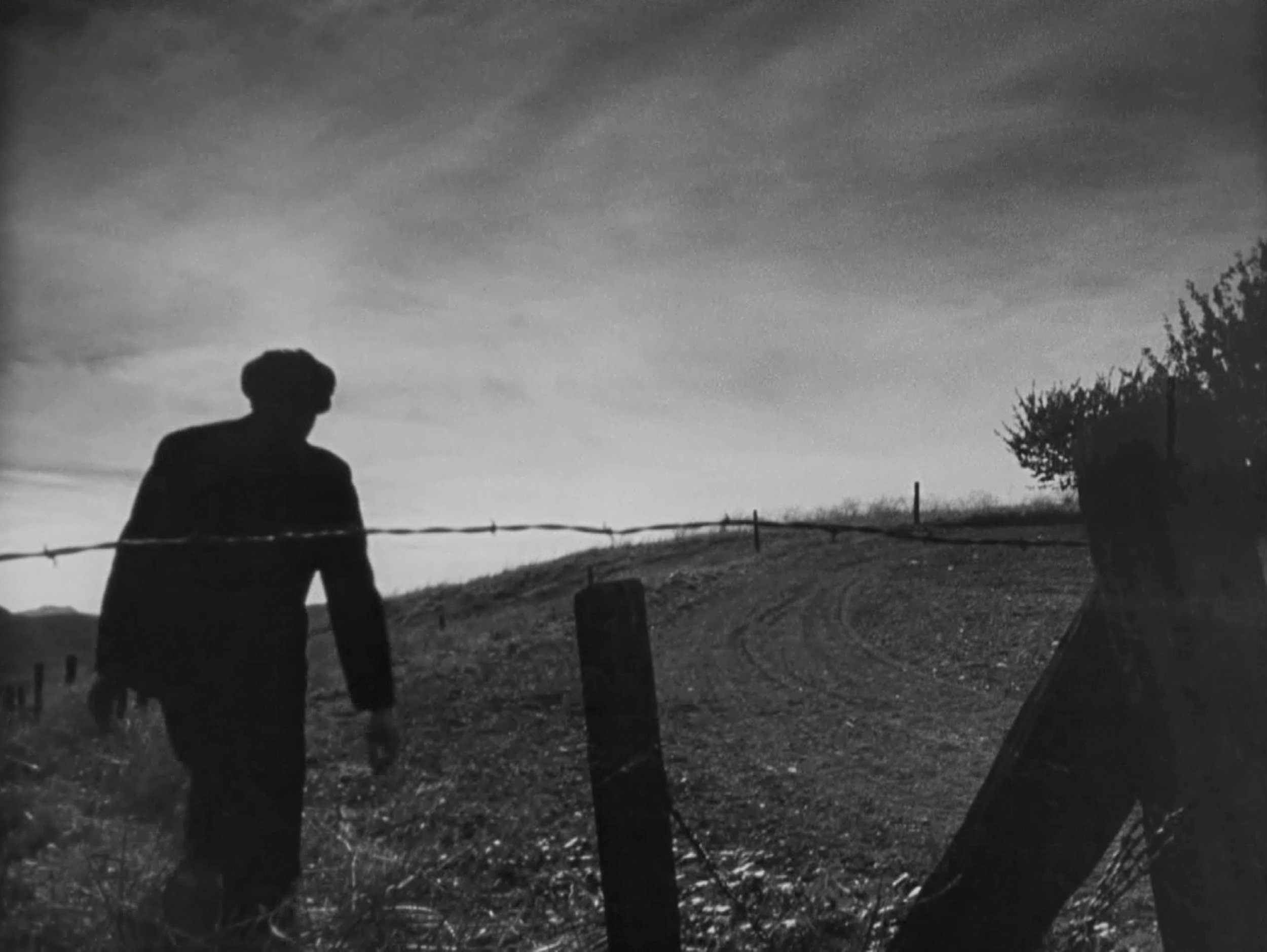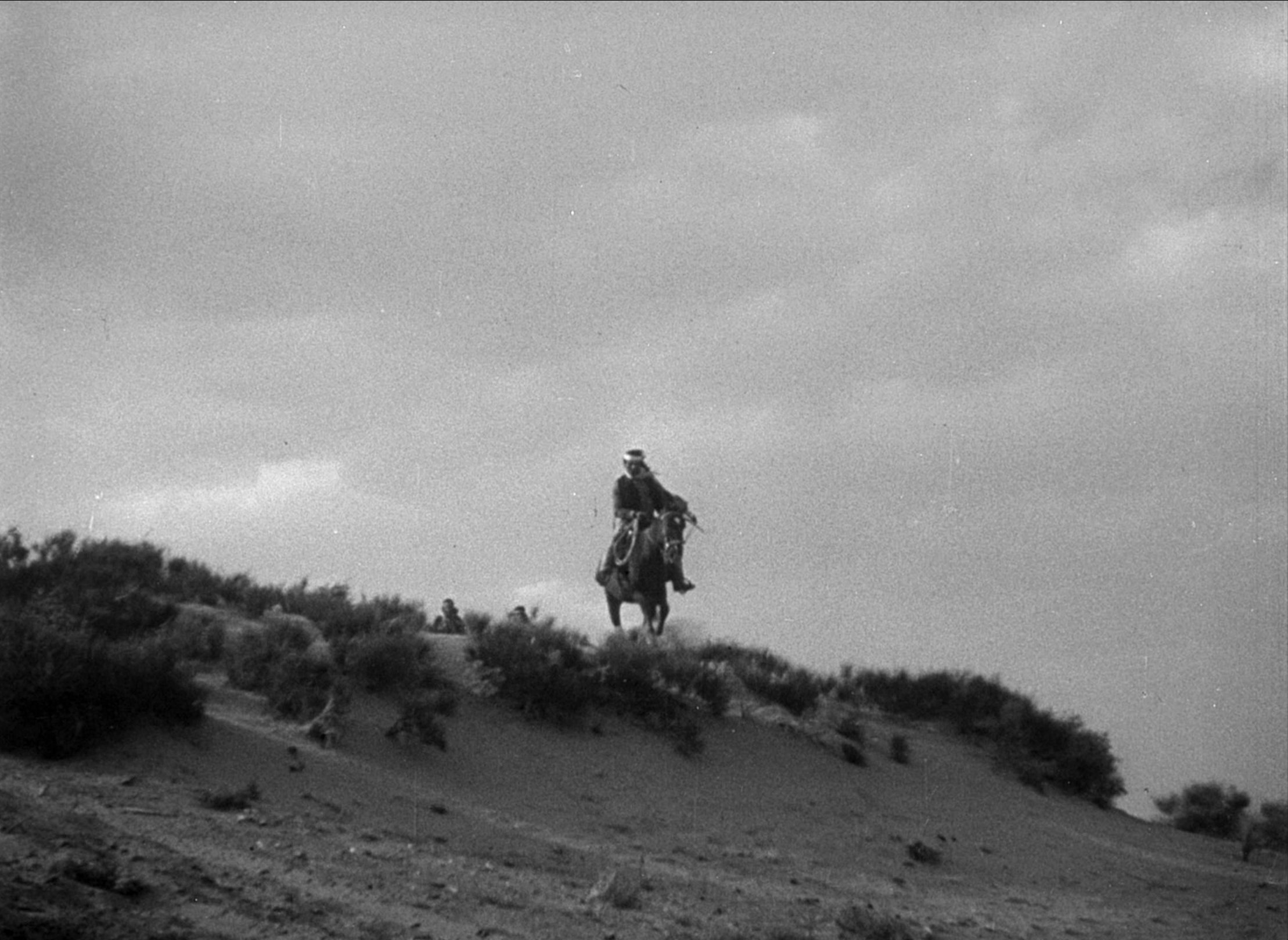How Green Was My Valley (1941)
QFS No. 121 - The invitation for September 6, 2023
We return to legendary John Ford, last seen in 2020 for QFS No. 26 with his Young Mr. Lincoln (1939), a film he made two years earlier than this week’s selection. The great American filmmaker turns his gaze outside the US in a film that won five Academy Awards including Best Picture. But to me it has always been known as “the film that beat out Citizen Kane (1941).”
Perhaps that’s why it’s taken me so long to actually sit down and watch this movie. I’m sure I’ll be upset that How Green Was My Valley is inferior in its filmmaking to Orson Welles’ masterpiece, right? Citizen Kane has endured the test of time, gathering momentum over the 20th Century as arguably the greatest film ever made. Or at least one of them. Whereas How Green Was My Valley is probably most remembered for beating out Citizen Kane and The Maltese Falcon for Best Picture and for being one of John Ford’s 10 best films.
But Ford’s film batting average puts him in the directing hall of fame. He has a very very high percentage of excellence in his moviemaking, so I’m quite certain this will live up to expectations of a John Ford film. Also – and this is perhaps the best part of this week’s selection – the star of How Green Was My Valley is Walter Pidgeon, who was last seen in the 23rd Century as Dr. Morbius in Forbidden Planet (1956, QFS No. 119). So I’m going into this film considering it a Dr. Morbius origin story, before his brain capacity was expanded.
Join us in honoring the labor movement by seeing How Green Was My Valley over Labor Day weekend. See you then, comrade!
Reactions and Analyses:
How Green Was My Valley (1941) is the origin point of the immigrant journey. The village, provincial with generation after generation living in the same place, are dependent on a coal mine. The fate of that coal mine determines the fate of the people who live there. Eventually, men and women become faced with a choice - live as their ancestors have in a valley that’s steadily dying, or leave to greener pastures. (Note - “greener.”)
I was struck while I was watching How Green Was My Valley that this film could very easily have been adapted to India, from where my parents immigrated. I know others in the QFS group felt that it could’ve been from where their family original came from as well. There’s a universality to it that endures even now.
It’s a wonder how this film has been lost among John Ford’s others and has been overshadowed by Citizen Kane (1941). As mentioned above, I went into this film with the knowledge that it beat Orson Welles’ masterpiece for Best Picture at the Oscars. So comparing the two is inevitable so let’s take a moment to do so.
Why has Citizen Kane endured while How Green Was My Valley has less so? The group discussed this at length, but let me start with my takeaway between the two. How Green Was My Valley is beautiful, emotional and sentimental. It’s a story that feels specific to the characters but also universal in its emotional appeal, doing what cinema does best. Citizen Kane feels more intellectual, an exploration into the meaning of one specific life of fame, prestige and meaning. It’s perhaps deeper into its dive into the human condition in a way. It’s easy for me to see how Citizen Kane would influence the next generation of auteurs; Welles’ directing is the hand of an artist, using the cinematic tools to push the visual image and storytelling techniques to new places.
Ford’s hand in How Green Was My Valley is characteristically invisible - you don’t feel the overt hand of the director. It’s there, for sure - Ford is using all his skill to tell this story in the way he knows how. But his way is less overt, letting the characters, the story, and the more traditional cinematography doing the talking.
Other QFSers in the group felt like Citizen Kane is complicated and feels “important” in a way that you’re told something is important. Whereas How Green Was My Valley is just a good, solid story created in a way that you’re guided along the narrative and live with the people in this town as if you’re one of them. Citizen Kane - you’re kept at arm’s length. And this is, in part, Welles’ design - Charles Kane is an enigma that we’re unravelling in the film. Ford has us as a member of this village, rooted in Huw’s story (played by Roddy McDowell). We don’t even go up into the mine atop the hill until Huw does very late in the film.
How Green Was My Valley stands on its own as opposed to being the historic foil to Citizen Kane at the Oscars. In many ways, the bigger upset at those Oscars was that Gregg Toland’s astonishing and groundbreaking cinematography from Citizen Kane lost to Arthur C. Miller’s in this film.
In any event, How Green Was My Valley should instead be compared to Ford’s other films. There is no one like Ford in placing humans against vast landscapes. From the very opening, you see humans set against the large world around them, the hills rolling in the distance. Wide vistas with men in foregrounds and mid-grounds. The looming presence of the mill always hovering about the town, a clear symbol of dominance told visually.
Echoes of Ford’s word abound in How Green Was My Valley. Stagecoach (1939), Rio Grande (1950) and The Searchers (1956) come to mind seeing these Welsh landscapes. The Searchers in particular. Ford uses dark interiors with low ceilings that open up into the vastness of the exteriors - that’s done here throughout, but is of course legendary in the opening shot from The Searchers. Then for the story, you can see The Grapes of Wrath (1940) clearly in the pathos of the characters, their circumstances and being at the mercy of a faceless industry or corporation. Even Ma Joad (Jane Darwell) is analogous to Mrs. Morgan (Sara Allgood), long-suffering but spirited mothers trying to keep the family afloat. You can even find a man walking along the horizon in How Green Was My Valley in the way Ford shows Henry Fonda as Abraham Lincoln in Young Mr. Lincoln - where the preacher Mr. Gruffydd (Walter Pidgeon) has the nearly identical righteousness as Fonda’s Lincoln.
Similar use of horizon and vistas across John Ford’s films - left to right: Young Mr. Lincoln (1939), How Green Was My Valley (1941), The Grapes of Wrath (1940), Stagecoach (1939).
(Brief pause here to point out that Ford made from 1939-1941 - Young Mr. Lincoln, Stagecoach, The Grapes of Wrath, AND How Green Was My Valley?! That’s utterly incredible. I’ve left out Drums Along the Mohawk, 1939, The Long Voyage Home, 1940 and Tobacco Road, 1941 which are lesser films for Ford - all made before he left to serve and make films for the US Navy in World War II.)
A QFSer brought up that the film is a remembrance of the experience rather than the experience itself. The narration looks back at the events of the film with fondness but there’s tragedy and heartbreak in this old town. So the question is - why does Huw stay? He gets a scholarship to study in the city after doing well at school and even his father wants him to take that opportunity. After all, his brother died in the mine, people are dying all the time there. He likes school - but yet he decides to stay. We know he does because in the narration at the very opening he says he stayed in the valley for fifty years. Still, the allure of staying and working in a very dangerous industry is not clear to me other than he’s attracted to the widow Bronwyn - who is of course far older than him. I understand this is what his family has done for generations. But Huw has a ticket out. I guess that’s a sign of good filmmaking in that this decision frustrated me, which then led to the somewhat tragedy of his father dying in the coal mines.
We watched this film in the thick of the Writers’ Guild strike against the studios, right as Labor Day was approaching. The images in How Green Was My Valley of the strike stretching into the winter definitely hit close to home. Ford portrays the despair of this labor dispute with the coldness of the season and shows the desperation but determination of the workers. It’s easy to see the parallel between this and The Grapes of Wrath, how something wrought by a faceless entity, outside of one’s control - drought, bank failures, coal-mining greed - can decimate the working class and their families. It’s not exactly the same for us in the film industry, but I definitely feel some aspect of how Ford shows us this struggle.
How Green Was My Valley may not have endured the test of time in the minds of filmmakers or people who study cinema, but it’s not because of lack of merit. Perhaps just circumstance or timing or the fact that Ford’s work is so vast and so full of hits that this one just has fallen by the wayside. It’s no small feat to tell this tale - even though it has periodic narration from an older Huw, he’s not necessarily the main character. There is no one protagonist - it’s a story of a family and a village, featuring a truly excellent drunken party scene where people are literally drinking out of hats. To tell a sprawling tale like this is no small feat and can only be done if you care deeply about the characters, their story, and their struggle. It’s no secret that Ford is one of the all-time masters of this, and How Green Was My Valley is one of the many examples of why one must continue to study his filmmaking - even in some of his less remembered films.








